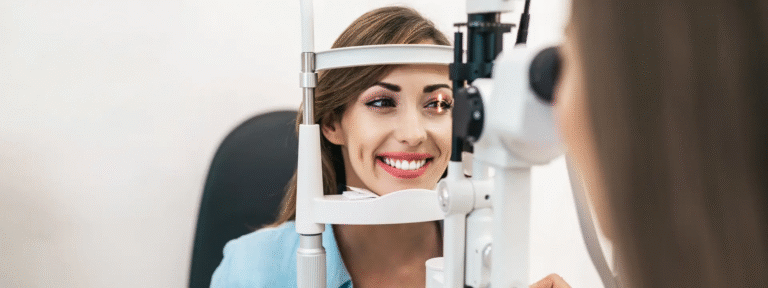When considering a facelift, many patients are surprised to learn that there are different types of procedures, each with varying levels of depth and longevity. Two common techniques are the SMAS facelift and the skin-only facelift. While both aim to rejuvenate the face and restore a youthful appearance, the SMAS facelift is often considered the superior option for several compelling reasons.
1. Addresses the Deeper Layers of Facial Aging
The SMAS (Superficial Musculoaponeurotic System) is a layer of tissue beneath the skin that supports the facial structure. A SMAS facelift not only lifts and repositions the skin but also tightens and repositions this deeper layer. This results in more comprehensive and natural-looking rejuvenation. In contrast, a skin-only lift simply stretches the outer skin, which may not correct the underlying causes of sagging.
2. Longer-Lasting Results
Because the SMAS facelift works at a deeper structural level, it typically lasts significantly longer than a skin-only lift. While a skin-only facelift may show signs of relapse within a few years, the results of a well-performed SMAS facelift can last 10 years or more, depending on the patient’s skin quality and lifestyle.
3. More Natural Appearance
One of the major concerns with facial rejuvenation is avoiding the “pulled” or “windswept” look. A SMAS facelift avoids this by repositioning the natural layers of the face rather than over-tightening the skin. This leads to softer, more youthful contours that look authentic rather than artificial.
4. Better Correction of Jowls and Midface Sagging
A skin-only lift primarily affects the lower face and often does a poor job of addressing jowls, deep nasolabial folds, and midface drooping. A SMAS facelift offers more effective reshaping of the jawline and cheeks, giving a more balanced and harmonious rejuvenation across the entire lower two-thirds of the face.
5. Improved Durability Under Facial Movements
Because the SMAS layer is more stable than skin alone, the results of a SMAS facelift hold up better during facial movements such as smiling, chewing, and talking. Skin-only lifts tend to stretch out more quickly, especially in patients with heavier tissue or looser skin.
6. Ideal for Moderate to Advanced Signs of Aging
While skin-only facelifts may be suitable for younger patients with minimal laxity, most patients seeking a facelift are dealing with more advanced aging signs—including deep folds, jowls, and volume loss. The SMAS technique provides the structural lift necessary to effectively rejuvenate these more complex concerns.
7. Customization and Versatility
Modern SMAS facelifts can be tailored to the patient’s anatomy and goals. The surgeon can selectively lift certain areas, tighten specific vectors, and adjust the depth of the procedure. This level of customization is not possible with a skin-only lift, which is a more superficial and limited approach.
Conclusion
While a skin-only facelift might offer a quicker recovery and is sometimes used in select younger patients or as a minor “touch-up” procedure, the SMAS facelift remains the gold standard for achieving natural, long-lasting, and comprehensive facial rejuvenation. By addressing both the skin and the underlying supportive tissues, it delivers a result that is not only more youthful—but also more structurally sound and enduring.
If you’re considering facelift surgery and want results that last and look natural, a consultation with a board-certified facial plastic surgeon experienced in SMAS techniques is the best first step.




